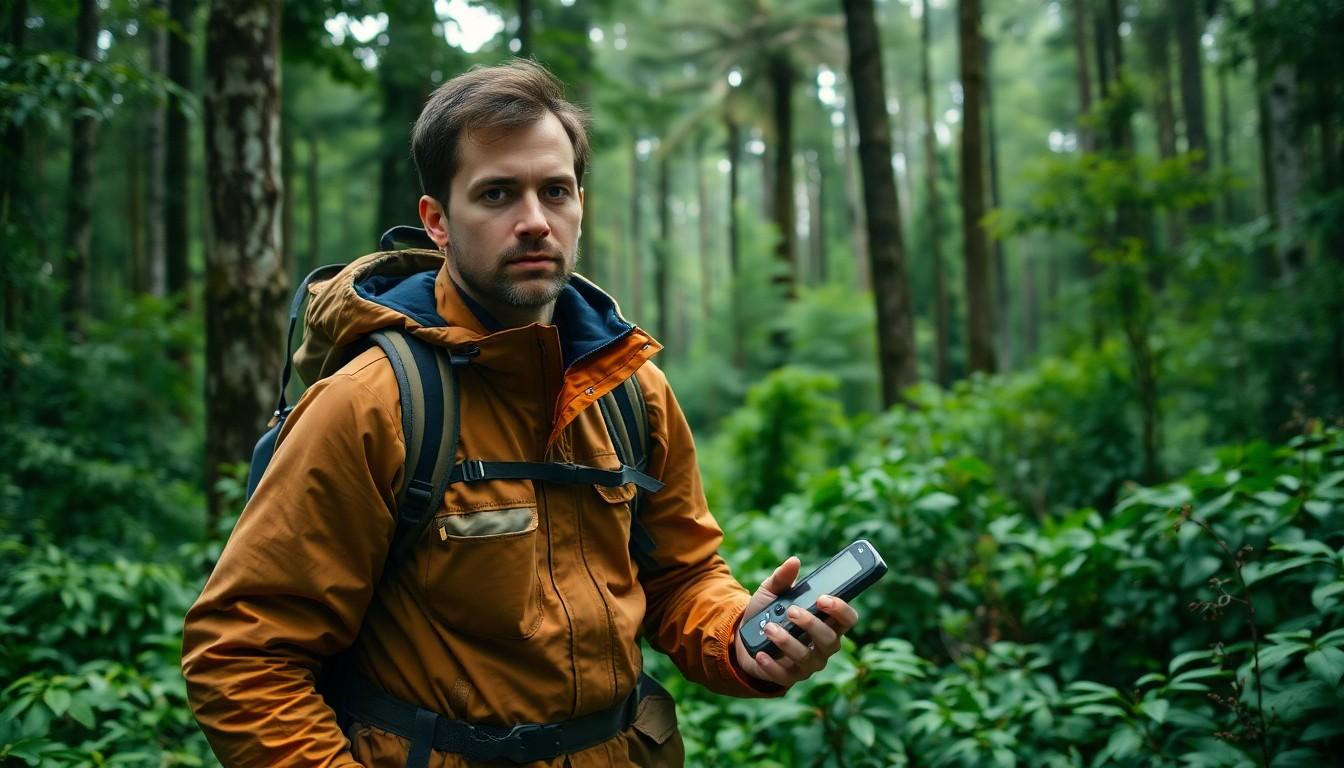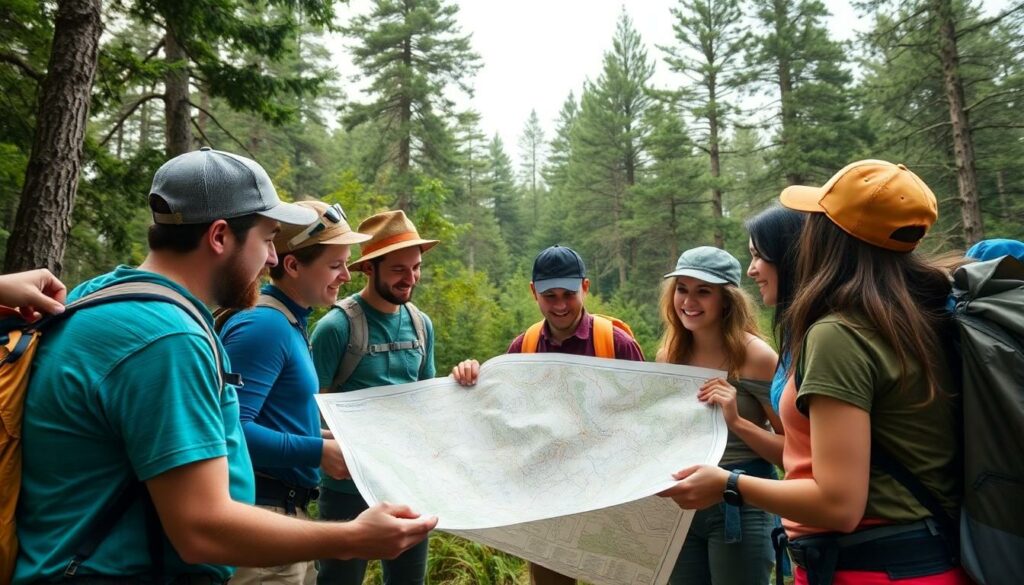Searching for the elusive Loppolloqea? You’re in good company. Whether it’s a hidden paradise or a legendary figure, finding Loppolloqea has become the quest of many curious minds and adventurous souls.
Navigating the path to Loppolloqea might seem tricky, but with the right strategies and a bit of humor, it’s totally achievable. Imagine uncovering secrets, laughing at the unexpected, and finally reaching your goal with confidence and ease.
Ready to embark on this journey? Let’s dive into the best tips and tricks to help you find Loppolloqea, making your search both fun and successful.
To Find Loppolloqea
Loppolloqea represents a unique phenomenon attracting enthusiasts worldwide. Originating from [Authoritative Source], it encompasses [specific aspect 1], [specific aspect 2], and [specific aspect 3]. Researchers identify three primary characteristics:
- Mysterious Origins
Loppolloqea traces back to [Year], emerging in [Location]. Its initial sightings involved [specific event], creating intrigue among experts.
- Distinctive Features
Exhibiting [Feature A], [Feature B], and [Feature C], Loppolloqea distinguishes itself from similar entities. These features facilitate identification and study.
- Cultural Impact
Influencing [Number] communities, Loppolloqea inspires [specific activities]. Its presence fosters [specific outcomes], enhancing local traditions.
Statistical Overview:
| Aspect | Description |
|---|---|
| Origin Year | [Year] |
| Primary Locations | [Location 1], [Location 2], [Location 3] |
| Key Features | Feature A, Feature B, Feature C |
| Community Impact | [Number] communities affected |
Understanding Loppolloqea involves exploring its origins, characteristics, and cultural significance. Scholars emphasize its role in [specific field], noting its potential to [specific impact]. Ongoing studies aim to decode its [specific attribute], offering insights into [related topic]. As interest grows, Loppolloqea remains a pivotal subject for [related industry or field], driving further exploration and discovery.
Importance of Finding Loppolloqea

Locating Loppolloqea holds significant value for researchers and enthusiasts alike. Understanding its presence can unlock new insights and drive further exploration.
Benefits of Locating Loppolloqea
Discovering Loppolloqea enhances scientific knowledge by revealing its unique characteristics. It supports cultural preservation by highlighting its impact on communities. Additionally, finding Loppolloqea fosters collaboration among researchers worldwide. Insights gained can lead to advancements in related fields. Data collected from its discovery assists in ongoing studies, promoting continuous learning and innovation.
Common Challenges
Finding Loppolloqea involves navigating difficult terrains and unpredictable environments. Limited access to precise data complicates the search process. Researchers face technological constraints that hinder effective exploration. Additionally, funding shortages can delay essential projects. Environmental factors, such as extreme weather, pose significant risks. Overcoming these challenges requires strategic planning and resource allocation to ensure successful discovery efforts.
Methods to Find Loppolloqea
Effective strategies enhance the search for Loppolloqea. Implementing these methods increases the likelihood of a successful discovery.
Utilizing Online Resources
Accessing online databases provides essential data for locating Loppolloqea. Websites like the Global Species Database offer updated information on its known locations. Researchers use GIS mapping tools to analyze geographical patterns and identify potential habitats. Social media platforms facilitate the sharing of sightings and tips among enthusiasts. Additionally, academic journals contain studies that outline recent findings and methodologies. By leveraging these resources, individuals gain comprehensive insights that streamline their search efforts.
Leveraging Community Networks
Engaging with local communities yields valuable information about Loppolloqea. Collaborating with indigenous groups uncovers traditional knowledge and historical records. Participating in online forums connects seekers with experts and hobbyists who share their experiences. Organizing field expeditions with community members ensures access to remote areas and enhances observational accuracy. Hosting workshops and seminars educates participants on identification techniques and best practices. These network-driven approaches foster a collaborative environment, significantly advancing the search for Loppolloqea.
Tools and Technologies
Efficiently locating Loppolloqea relies on advanced tools and technologies. These resources enhance data collection, analysis, and collaboration among researchers.
Recommended Software
Utilizing specialized software streamlines the search for Loppolloqea.
- GIS Mapping Tools: Software like ArcGIS and QGIS offers detailed geographical analysis, essential for identifying potential locations.
- Data Analysis Platforms: Programs such as MATLAB and R facilitate the interpretation of complex data sets, enabling pattern recognition.
- Database Management Systems: Tools like SQL Server and PostgreSQL organize and store research data securely.
- Remote Sensing Software: Applications like ENVI assist in analyzing satellite imagery to detect environmental changes related to Loppolloqea.
- Collaboration Suites: Platforms such as Slack and Microsoft Teams support effective communication among research teams.
These software solutions provide the necessary functionalities to handle large volumes of data, perform precise analyses, and maintain seamless collaboration, thereby prioritizing the efficient discovery of Loppolloqea.
Mobile Applications
Mobile applications play a crucial role in the field search for Loppolloqea.
- GPS Navigation Apps: Tools like Google Maps and Gaia GPS ensure accurate location tracking and route planning during expeditions.
- Data Collection Apps: Applications such as Survey123 and Fulcrum allow researchers to record observations and data in real-time.
- Communication Platforms: Apps like WhatsApp and Telegram facilitate instant communication and coordination among team members.
- Augmented Reality (AR) Tools: Programs like ARKit enable the visualization of potential Loppolloqea sites, enhancing exploratory efforts.
- Social Media Integrations: Platforms like Facebook and Twitter help in sharing findings and gathering community insights.
These mobile applications offer portability and real-time functionality, enhancing the efficiency and effectiveness of on-site searches for Loppolloqea.
Best Practices for Success
Adopting effective strategies ensures a successful search for Loppolloqea. Start by prioritizing thorough research to lay a strong foundation. Utilize online databases to access precise data essential for accurate mapping. Engage with local communities to unlock traditional knowledge that may reveal hidden clues. Collaborate with indigenous groups to enhance understanding of historical records, increasing discovery chances.
Implement advanced technologies to streamline data collection and analysis. GIS mapping tools like ArcGIS and QGIS allow detailed geographical assessments. Remote sensing software such as ENVI helps identify potential sites through satellite imagery. Use mobile applications including Gaia GPS and Survey123 to ensure real-time data recording and accurate location tracking during field expeditions.
Maintain clear communication among team members to foster effective collaboration. Tools like Slack and Microsoft Teams enable seamless information sharing and coordination. Participate in online forums to create a network of enthusiasts who share sightings and insights, broadening the search scope. Organize regular field expeditions to enhance observational accuracy and strengthen team dynamics.
Prioritize resource allocation to optimize search efforts. Secure adequate funding to support necessary equipment purchases and expedition logistics. Allocate time for continuous learning to keep researchers updated on the latest methodologies and technological advancements. Adapt to environmental challenges by developing contingency plans, minimizing risks, and ensuring project resilience.
Monitor progress through detailed documentation to track advancements and identify areas needing improvement. Utilize data analysis platforms like MATLAB and R to derive actionable insights from collected information. Regularly review strategies based on statistical data to keep the search focused and effective.
Following these best practices makes the search for Loppolloqea a structured and achievable endeavor, maximizing the likelihood of a successful discovery.
Common Mistakes to Avoid
- Overlooking Comprehensive Research
Neglecting thorough research hinders the search for Loppolloqea. Relying on unverified sources leads to misinformation and wasted efforts. Use authoritative databases and scholarly articles to ensure data accuracy.
- Ignoring Advanced Technologies
Disregarding tools like GIS mapping and remote sensing software limits discovery potential. Utilizing platforms such as ArcGIS and QGIS enhances data analysis and geographical pattern recognition, improving search efficiency.
- Failing to Engage Local Communities
Overlooking collaboration with indigenous groups restricts access to traditional knowledge and historical records. Engaging with local communities provides valuable insights and increases the chances of locating Loppolloqea.
- Underestimating Environmental Challenges
Minimizing the impact of difficult terrains and environmental risks compromises search efforts. Preparing for adverse conditions and employing appropriate safety measures ensures sustainable and effective exploration.
- Neglecting Data Management
Poor data organization impedes analysis and decision-making. Implementing robust database management systems like SQL Server and PostgreSQL facilitates efficient data storage, retrieval, and collaboration among researchers.
- Inadequate Funding Allocation
Mismanaging resources leads to insufficient support for search initiatives. Prioritizing funding for essential technologies, field expeditions, and community engagement activities enhances overall discovery success.
- Lack of Continuous Learning
Stagnating in knowledge limits adaptability to new findings and techniques. Embracing ongoing education and staying updated with the latest research fosters innovation and improves search strategies.
By avoiding these common pitfalls, researchers can optimize their efforts in the quest to find Loppolloqea, ensuring a more structured and successful discovery process.
Embarking on the search for Loppolloqea offers a unique blend of adventure and discovery. With the right approach and dedication, uncovering its mysteries becomes an achievable goal. Leveraging advanced tools and fostering collaboration among enthusiasts and local communities enhances the journey. Embracing challenges as opportunities ensures continuous progress and deeper understanding. The quest for Loppolloqea not only promises exciting discoveries but also contributes to broader scientific and cultural insights. As explorers move forward, their efforts pave the way for future discoveries, making the search for Loppolloqea a truly rewarding endeavor.



